Bournemouth’s extensive tree cover
Bournemouth, on the south coast of England, is known not only for its sandy beaches and Victorian architecture but also for its rich and varied tree cover. With large expanses of parks, gardens, and woodland, including areas like Meyrick Park, Queen’s Park, and the Lower Gardens, trees are a defining feature of the town’s natural character. Tree-lined avenues and mature specimens in residential neighbourhoods contribute to the town’s aesthetic, ecological value and local biodiversity.
A number of these trees are not only important for amenity value but are also protected by Tree Preservation Orders or located within designated Conservation Areas, which places legal responsibilities on landowners and developers alike – notably tree safety.
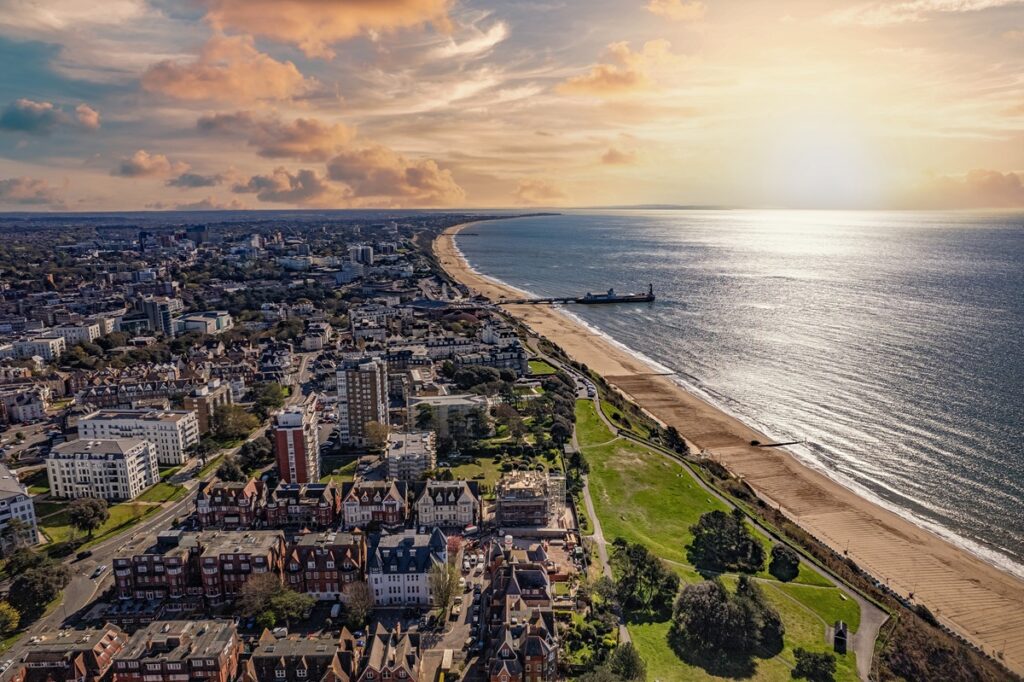
Protection for Trees in Bournemouth
Bournemouth’s local planning authority, Bournemouth, Christchurch and Poole Council (BCP Council) is committed to protecting the town’s trees. Trees within Conservation Areas or subject to Tree Preservation Orders (TPOs), cannot be pruned, felled, or worked on without prior consent from the council. Tree work applications are required by the local authority, which takes any breach of these tree work regulations seriously: unauthorised works on trees subject to tree preservation orders can lead to enforcement action, fines or prosecution. This is particularly relevant for developers or property owners planning changes to land where trees may be present.
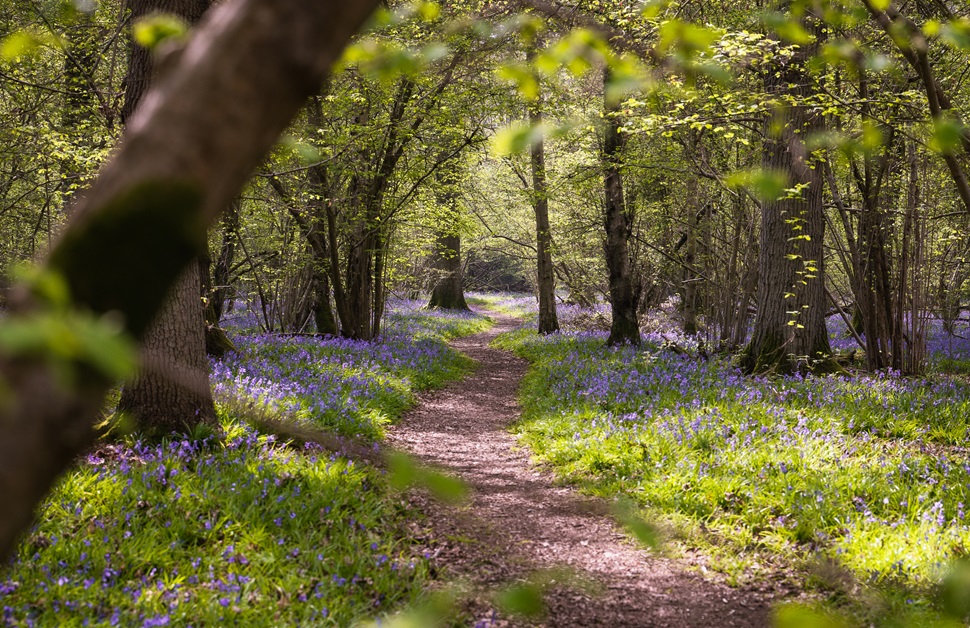
Tree Monitoring in Bournemouth
Tree officers in local authorities monitor development proposals and will usually require detailed information on tree retention, removal, and protection as part of the planning process. To carry out tree work, tree work applications must be submitted to the local council.

Issues facing trees in Bournemouth
In addition to planning considerations, Bournemouth faces several tree-related challenges. Diseases such as ash dieback and oak processionary moth have become concerns in recent years, threatening native tree species and putting ecological networks at risk. Storm damage, root conflicts with built infrastructure, and public safety hazards are also common reasons for increased scrutiny of trees in both public and private spaces and the need for tree surveys.
Professional tree surveys in Bournemouth can help identify any potential issues early and guide the appropriate tree work applications, balancing tree safety, sustainability, and development needs.

Tree Surveys to Support Planning Applications
Anyone seeking to develop land in Bournemouth that contains or is close to trees, whether these trees are protected or not, will typically be required to submit tree surveys as part of their planning application. Tree surveys will provide the planning authority with all the information it needs to make a decision about your site.
The most commonly required type is the British Standard BS5837 tree survey, which evaluates the existing tree stock on and around a site, recording the species, size, age, condition and any potential hazard posed by a tree. It will take account of any tree preservation orders and assesses the remaining lifespan of each tree before considering how development might affect those trees and providing a clear framework for managing tree work in terms of retention and removal.
Detailed Tree Surveys
The BS5837 tree surveys result in a detailed tree report, which includes a tree constraints plan and a schedule categorising each tree according to its quality and retention value. This information is used to influence site layout, helping planners and developers work around valuable or protected trees wherever possible. The tree report becomes a crucial part of the planning submission and is used by local authorities to assess the feasibility and ecological impact of proposed development.
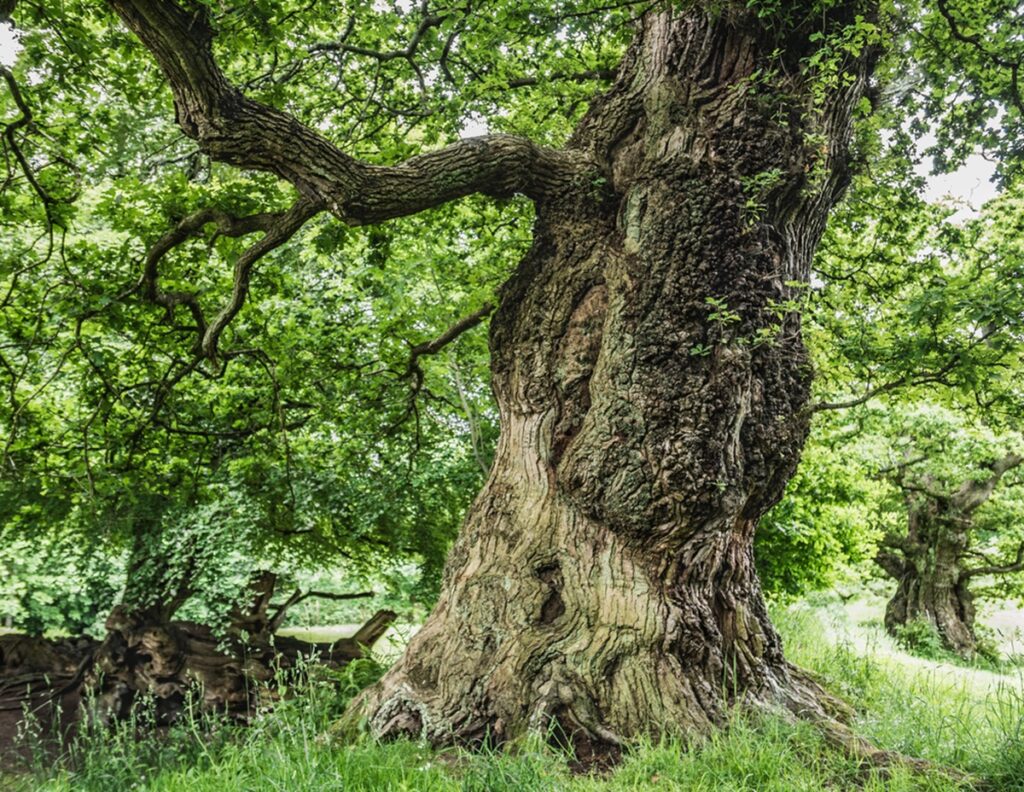
Further Tree Surveys
In addition to the initial BS5837 tree surveys, further arboricultural reports or tree advice may be required depending on the complexity of the site and the development stage. An Arboricultural Impact Assessment (AIA) evaluates the likely effects of the proposed development on nearby trees, particularly those marked for retention. It looks at issues such as root protection zones, potential damage from machinery or materials, and any likely changes in tree health due to construction works. This assessment helps to ensure that retained trees will not be compromised during or after development: methods of protecting valuable trees include using an air spade – a high pressure air jet that can excavate soil around roots, enabling close work around tree roots without damaging them.
Arboricultural Method Statement
An Arboricultural Method Statement (AMS) is another key report often requested by planning officers. This document outlines the specific methods and precautions to be used on site to avoid damage to trees, particularly during demolition, excavation, or construction. It typically includes instructions on fencing, root protection (such as using air spade methods), ground protection measures, tree safety and site access routes to help with tree work applications.
In some cases, a Tree Protection Plan (TPP) will also be submitted, usually as a drawing that accompanies the AMS, illustrating where protective measures will be put in place and how they will relate to site operations.
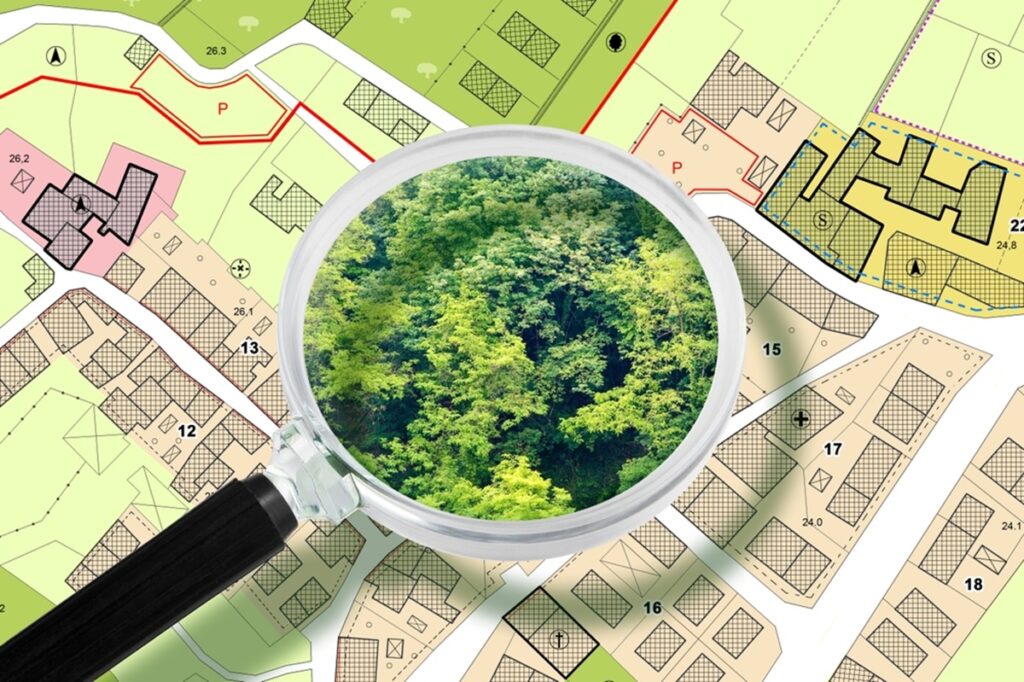
Expert Tree Advice
Tree surveys are a vital part of both ecological due diligence and the planning process. Whether you are a private homeowner looking to build an extension, a property developer preparing a larger scheme, or a local authority managing public land, a comprehensive tree survey carried out to a high standard will provide the information needed to manage your legal responsibilities and protect an area’s treescape.
Failing to carry out proper tree assessments can result in planning delays, enforcement issues, or environmental harm. If tree work applications are made, the resulting tree work must be carried out to a high standard to comply with regulations. Where valuable trees are causing a concern on your development site, we can advice on the use of techniques such as air spade technology to enable work to proceed while protecting tree roots. Whether your site includes trees which are subject to tree preservation orders or you need tree surveys to be carried out quickly, we can help.
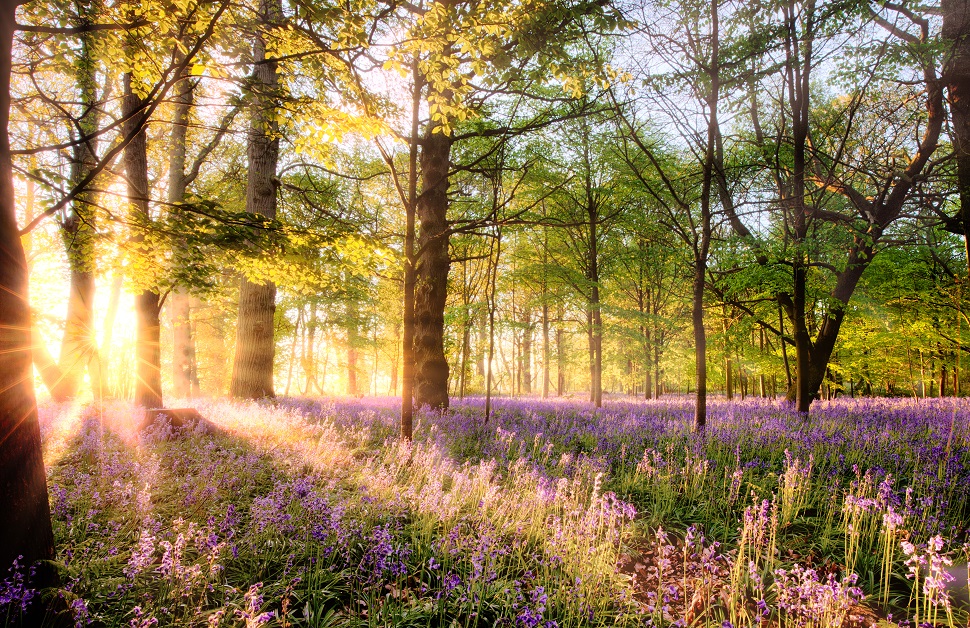
Tree Surveys: Reach out for a Free Quote
Our ecological consultancy provides tree survey services in Bournemouth and across the UK and we can provide wide ranging tree advice and carry out reports to a high standard. Our team of experienced arboriculturists is qualified to carry out BS5837 tree surveys, produce all associated documentation and support planning applications with the appropriate level of arboricultural evidence. To assess for any potential hazard, we also offer tree condition surveys for safety inspections, insurance claims, tree work and risk management on public and private land.
If you are planning a development or require tree surveys in Bournemouth, contact us today for a free quote and expert tree advice. We can assess your site, provide a tailored quote, and deliver timely reports to meet your planning deadlines.